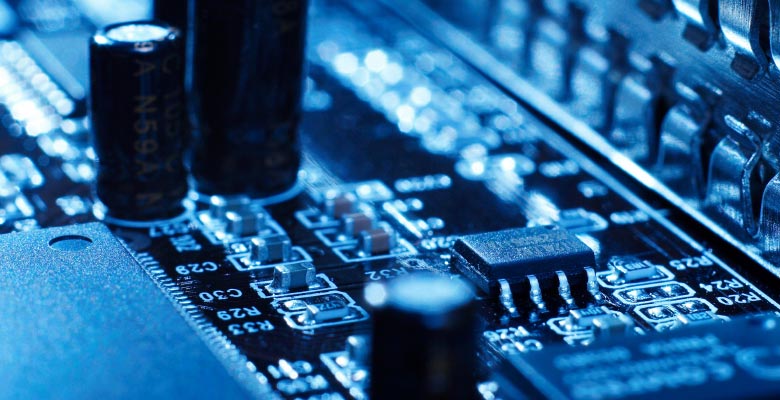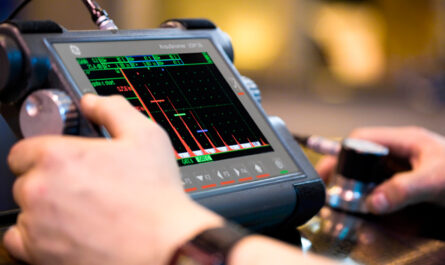The proliferation of electronic devices in our daily lives has led to an exponential increase in demand for power. From smartphones to laptops, electric vehicles to smart home devices – every electronic device requires precise power management to operate efficiently. This has propelled the growth of Power Management ICs (PMICs) industry which focuses on designing ICs that efficiently regulate, monitor and manage power requirements of devices.
Introduction to Power Management ICs
PMICs regulate multiple power rails, monitor battery and power levels, protect against over-current and over-voltage situations. Some key functions performed by PMICs include buck voltage regulation, linear voltage regulation, battery charging, power path management, current monitoring and protection.
PMICs serve as the central hub for power control and management in any electronic system. They integrate multiple power management peripherals and functions on a single small silicon chip. This helps designers save board space and bill of materials costs compared to using multiple discrete power management components. The miniaturization brought about by PMICs has been instrumental in shrinking form factors of modern portable electronics.
Evolution of PMICs
In the early days, basic voltage regulation was done using discrete components like voltage regulators, MOSFET switches etc. As integration levels improved, analog power management functions started getting integrated into PMIC chips. Early PMICs offered simple voltage regulation and protection. Over the years, PMICs have evolved tremendously to integrate a wide range of advanced power management and monitoring capabilities.
Modern PMICs incorporated in smartphones, laptops and electric vehicles now integrate high speed switching buck regulators, linear low dropout (LDO) regulators, battery chargers, USB-PD controllers, GPIOs, ADC/DACs and sophisticated safety features. Advanced PMICs also offer digital interfaces like I2C and SPI for communication and registers to monitor vital parameters in the system. Manufacturers are also developing PMICs with integrated MCU/DSP cores for more programmability and control.
PMIC Applications
Smartphones: PMICs have become critical components within smartphones. Advanced smartphone PMICs efficiently distribute power to SoCs, memory, cameras, displays and rapidly charge large capacity batteries. They support various fast-charging standards like Qualcomm Quick Charge.
Laptops/Tablets: PMICs efficiently step down the voltage from the battery to provide precise power rails for processors, graphics chips, storage devices and rapidly charge laptop batteries.
Automotive Electronics: In electric vehicles, PMICs play a key role in managing the power flow from high voltage batteries to electric motors, on-board chargers and auxiliary 12V systems very efficiently.
IoT/Wearables: Low power PMICs help extend battery life in sensors, health trackers, smartwatches by tightly controlling power states and only waking key rails when needed.
Data Centers: PMICs are used in servers to efficiently convert and distribute the high current 48V bus to various voltage rails required by server components.
PMIC Manufacturers
Major global players in the PMIC market include Texas Instruments, ON Semiconductor, Analog Devices, STMicroelectronics, Maxim Integrated, NXP Semiconductors, Rohm, Microchip, Dialog Semiconductor, Cypress Semiconductor, and Renesas amongst others. Taiwan and China also have a strong presence of PMIC suppliers with companies like Richtek, Anpec and Goodix.
PMIC manufacturers are constantly innovating to integrate more functions on a single chip while bringing down costs. They are focusing on developing highly integrated configurable PMICs with advanced power management techniques like DC-DC switching, battery management, display power integration and USB Type-C power delivery to feature in next generation of smart and green electronics. With growing system-level integration and advanced power rails requirements, the role of PMICs in electronics is more crucial than ever before.
To summarize, PMICs play an indispensable role of efficiently distributing and monitoring power in complex modern electronic systems. Their integration levels and abilities have evolved tremendously over the years in tandem with the growth of portable electronics industry. Going forward, PMIC innovation will continue to drive further miniaturization and power efficiency in devices. With growing applications in areas like electric vehicles, renewable energy storage, PMICs will remain at the forefront of enabling power management solutions for a sustainable future.
Note:
1. Source: Coherent Market Insights, Public sources, Desk research
2. We have leveraged AI tools to mine information and compile it




